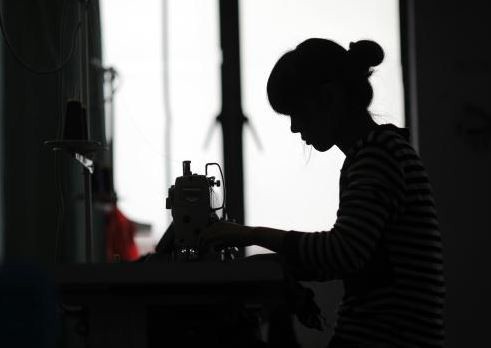Working-age population sees biggest drop in modern history

China's working-age population saw its largest decline in modern China's history in 2015, a trend that worried demographers and economists.
Defined as people between 16 to 60, the working-age population fell by a record 4.87 million, more than the population of Ireland, to 911 million, sharper than 2014's fall of 3.71 million, according to the National Bureau of Statistics.
Declining birthrates have produced repeated slumps in the working-age population since 2012. In 2011, the group-defined then as those 15 to 59 years old-totaled 941 million, or 69.8 per cent of the population. By the end of 2015, it had dwindled to 66.3 per cent.
The NBS adjusted the definition of working-age in 2013 to include people aged 16 to 60.
"The dwindling working-age population affects everything from the property market and automobile market to the larger issues of China's innovation and creativity in the future. The trend set the stage for the government's decision late last year to shift to a two-child policy," said Liang Jianzhang, a demographer who had long advocated the relaxation.
The situation is so grim that he recently even suggested that China should encourage women to allow routine artificial insemination.
Cai Fang, vice-president of the Chinese Academy of Social Sciences, has long argued that the demographic change reduced the country's potential growth rate to 6.2 per cent from 2016 to 2020.
Another sign of labour pool shrinkage can be seen in the supply of migrant workers. Last year, 169 million rural residents left their hometowns to seek jobs in cities, up just 0.4 per cent from 2014. In the first nine months, the growth was zero.
People older than 60 accounted for 16.1 per cent of the population by the end of 2015.